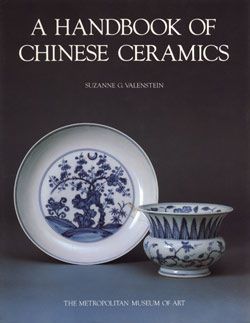Dish with God of Longevity (Shoulao) and an attendant
Reviving a technique that was pioneered in the fifteenth century, the artists who decorated this dish used overglaze enamels to fill in the underglaze blue outlines. While written documents of the period do not use a specific term to refer to this application, it is now known as doucai, or “joined colors.” Reclaiming the technique in the Yongzheng period was a way of showing continuity with lauded enameling traditions of the past, while introducing new layers of visual complexity in the composition of the interior and exterior surfaces of the dish.
This image cannot be enlarged, viewed at full screen, or downloaded.
This artwork is meant to be viewed from right to left. Scroll left to view more.




